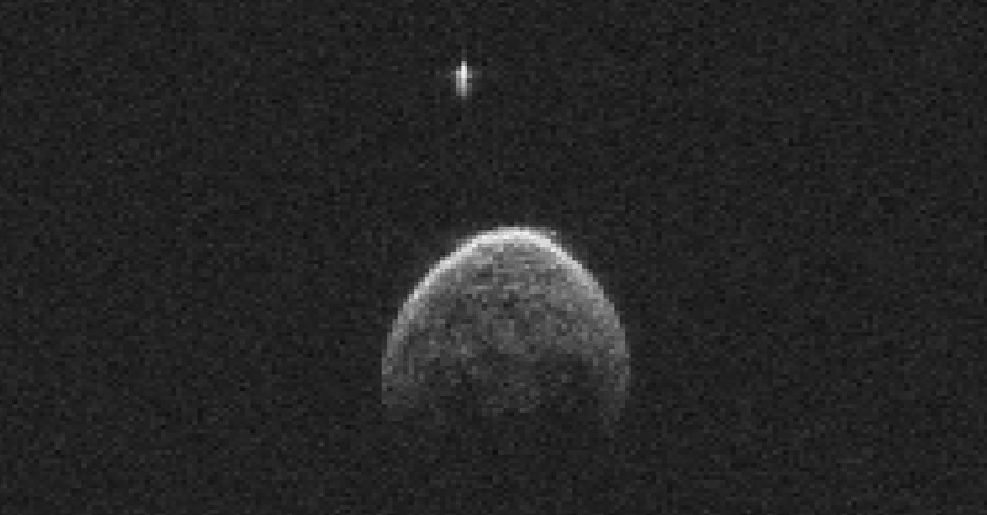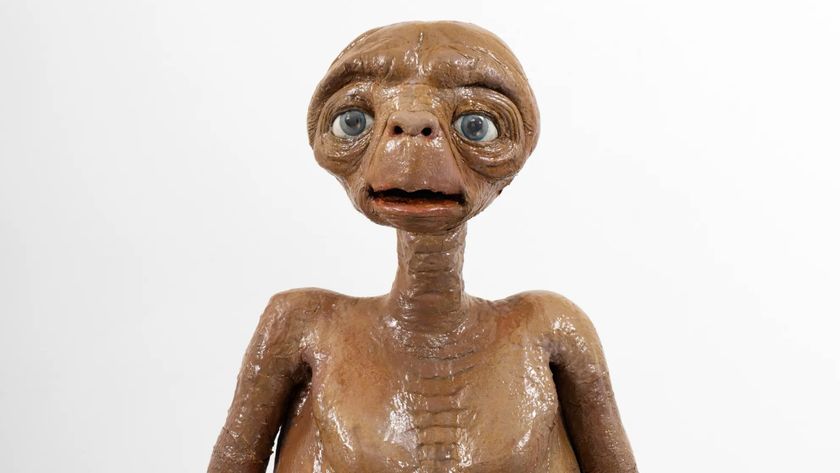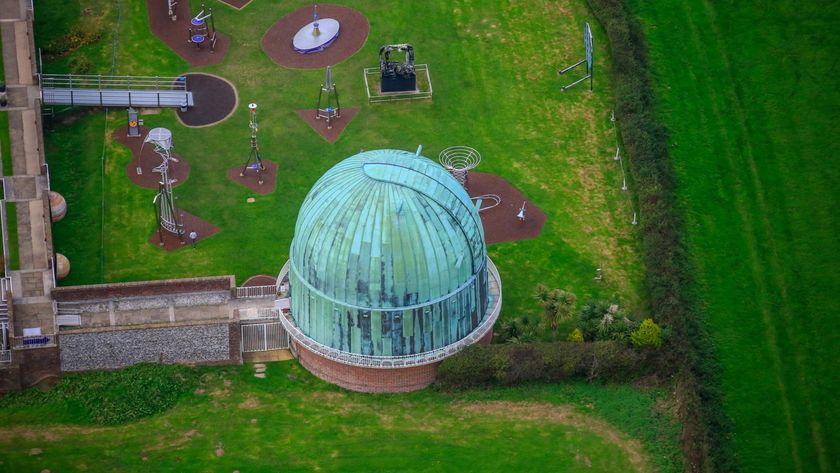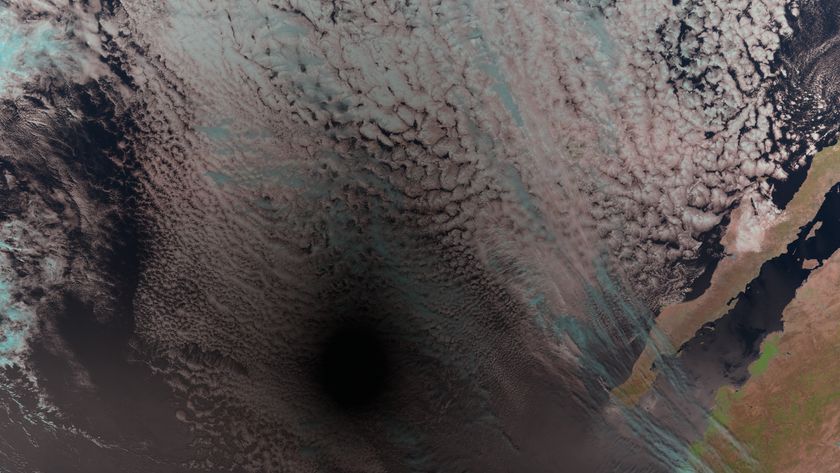
The mountain-size asteroid that gave Earth a close shave Monday (Jan. 26) has its own moon, new radar images of the object reveal.
Asteroid 2004 BL86 cruised within 745,000 miles (1.2 million kilometers) of Earth Monday morning — about 3 times the distance between our planet and the moon. And the space rock wasn't alone: A companion is clearly visible in an asteroid flyby movie compiled from 20 images taken Monday by NASA's Deep Space Network antenna in Goldstone, California.
The radar images "show the primary body is approximately 1,100 feet (325 meters) across and has a small moon approximately 230 feet (70 m) across," NASA officials said in a statement. "In the near-Earth population, about 16 percent of asteroids that are about 655 feet (200 m) or larger are a binary (the primary asteroid with a smaller asteroid moon orbiting it) or even triple systems (two moons)."
The resolution of the new images is about 13 feet (4 m) per pixel, they added.
The size measurement for 2004 BL86 is a signficant revision; before Monday's flyby, scientists had estimated the space rock's diameter to be about 1,800 feet (550 m).
Earth was never in any danger during Monday's encounter, which scientists had known about well in advance. But a known asteroid as big as 2004 BL86 won't come so close to Earth again until 2027, when a space rock called 1999 AN10 zooms past our planet.
To date, researchers have discovered and tracked just over 12,000 near-Earth asteroids — just a tiny fraction of the total population, which is thought to number in the millions. But more than 95 percent of the potential civilization-enders out there — space rocks more than 0.6 miles (1 km) wide — have been found, and none of them pose any threat in the foreseeable future.
Get the Space.com Newsletter
Breaking space news, the latest updates on rocket launches, skywatching events and more!
Asteroid 2004 BL86 was discovered in January 2004 by the Lincoln Near-Earth Asteroid Research survey in New Mexico.
Follow Mike Wall on Twitter @michaeldwall and Google+. Follow us @Spacedotcom, Facebook or Google+. Originally published on Space.com.
Join our Space Forums to keep talking space on the latest missions, night sky and more! And if you have a news tip, correction or comment, let us know at: community@space.com.

Michael Wall is a Senior Space Writer with Space.com and joined the team in 2010. He primarily covers exoplanets, spaceflight and military space, but has been known to dabble in the space art beat. His book about the search for alien life, "Out There," was published on Nov. 13, 2018. Before becoming a science writer, Michael worked as a herpetologist and wildlife biologist. He has a Ph.D. in evolutionary biology from the University of Sydney, Australia, a bachelor's degree from the University of Arizona, and a graduate certificate in science writing from the University of California, Santa Cruz. To find out what his latest project is, you can follow Michael on Twitter.









